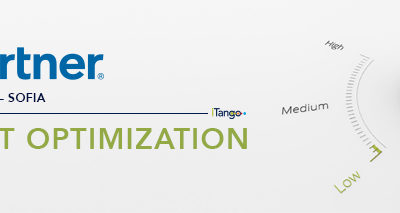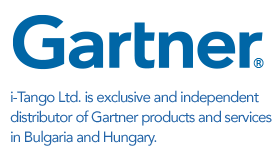An inability to define the business value of a BPM program can lead to the program being cut.
If senior management does not perceive how business process management (BPM) helps them get their work done and meet their performance goals, they will see little point in funding and supporting it. An inability to define the business value of your BPM program leads to the program being cut.
How do you obtain business buy-in for BPM? Some of the challenges that business process leaders face are known and experienced by others, so lessons can be learnt. Marc Kerremans, research director at Gartner, shares his insights into some shared challenges and how business process leaders can overcome them.
Why Do BPM Projects Fail?
A: BPM projects, and programs with business engagement, tend to succeed; those without tend to fail.However, the business process (BP) director is often caught in a common Catch-22: He or she cannot get business engagement without an executive sponsor (for a BPM project) or BPM champion (for a BPM program). Conversely, without engagement with, and knowledge of, the rest of the business community, it is hard to find suitable candidates for the executive sponsor or BPM champion role.
Often, a BPM program fails due to the lack of a BPM champion, or an executive sponsor for a BPM project. To gain business buy-in BP directors need to find a BPM champion to drive the vision of the BPM program and/or choose an executive sponsor from the business for each BPM project, who is responsible for removing political obstacles, securing funding and resources, and advertising the project’s success on completion.
How does BPM Become a Key Enabler of Strategy Execution?
A: Immature BPM skills prevent BP directors from enabling BPM to support strategy execution. It is critical that BP directors advance the BPM team’s skills in order to improve cross-functional processes and drive key business outcomes.
BPM programs reach a critical transition point when they start to tackle cross-functional processes. BP directors need to build the right level of transformational, operational and technical competence across the BPM program team to improve cross-functional process performance. They must also improve communication skills to clarify how BPM projects align with strategic business outcomes, so that process participants understand the benefits. Finally, they need to hone negotiation skills to implement effective BP governance that provides project prioritization and process owner accountability.
How Can BPM Teams Enable their Organizations to Transform into Business Transformation Leaders?
A: BPM has been a well-traveled route, but it will be necessary to take risks, blaze new trails and create new responses.
We tend to start by treating each business transformation effort as the metaphorical equivalent of a train journey. With a train (or best practice process), the assumption is that everyone wants to travel to a finite set of destinations and follow the same path to get there. If your ideal BP can’t take travellers (your workers, customers and value chain partners) where they want to go, then they’ll demand a different form of transport for their journey, such as a car. They’ll also expect to drive the car and won’t expect to experience a train journey that you control. Each traveler’s journey to a specified destination (business outcome) is like a process instance. Each traveler might follow a different route, and each might stop anywhere along the way. You may be able to guide their journey, but you won’t be able to control it.
To accelerate business transformation, your organization must accept that it won’t be in the driver’s seat. Instead, BP improvement teams need to become adept at handling the multiple modes of transport and execute with a bimodal mindset. Some changes will compel you to explore beyond the train and onto the path of business transformation success.
Gartner analysts will further explore how to enable business transformation through business operations at the Gartner Business Transformation & Process Management Summits 2016, March 16-17 in London, U.K. and June 20-21 in Sydney, Australia. Follow news and updates from the events on Twitter using #GartnerBPM.
For more articles visit Smarter With Gartner Website.










